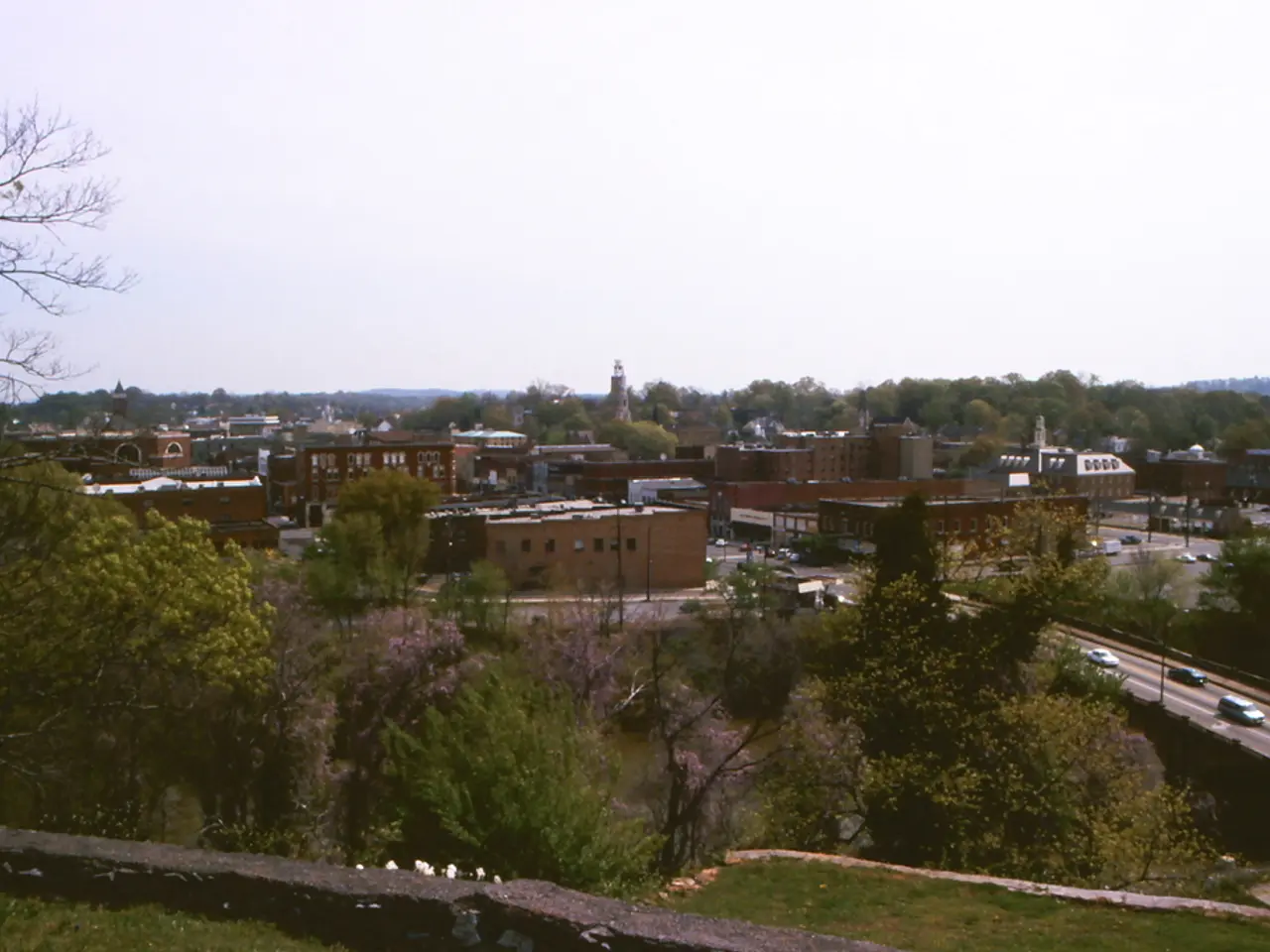Skyrocketing construction land prices reach new peaks
The price of building land in Germany is influenced by several interrelated factors, leading to significant variations across different regions and types of land.
### Key Factors Influencing Building Land Prices in Germany
1. **Demand and Supply Dynamics** - High demand for residential construction in urban and growth regions drives up land prices, sometimes creating scarcity. Conversely, in some areas, supply exceeds demand, depressing land prices.
2. **Regional Economic and Demographic Trends** - Regions with strong economic growth or population increases experience more pressure on land prices due to rising residential needs. Rural areas tend to have lower land prices compared to urban zones due to less economic activity and demand for housing.
3. **Construction Costs and Financing** - Rising construction costs and increased financing costs have indirectly raised asking prices for land plots to ensure project profitability.
4. **Land Use and Zoning Regulations** - The intended use of land impacts its valuation. Residential land is often more expensive than rural agricultural land because it allows for housing developments. Zoning laws and development restrictions can limit usable land area or permit density, affecting land value.
5. **Proximity and Amenities** - Land located near desirable amenities commands higher prices. Urban planning and infrastructure accessibility play a crucial role.
6. **Government Policies and Taxes** - Certain states have introduced land value taxes, which may affect investment decisions and value perception. Tax structures may vary regionally, influencing land investor behavior and therefore land prices.
### Differences Across Regions and Land Types
| Factor | Urban Residential Land | Rural/Agricultural Land | |------------------------|--------------------------------------|--------------------------------------------| | **Price Level** | High, especially in growth regions and centers | Lower, more stable but influenced by farm profitability | | **Demand** | Very high demand due to housing shortages | Mainly farmers and institutional investors | | **Supply Constraints** | Scarce due to limited developable land and higher zoning restrictions | More abundant but with some long-term holding reducing market availability | | **Influence of Infrastructure** | Strong impact; proximity to amenities and transport raises prices | Lesser impact, value driven more by soil quality and farm income potential | | **Taxation Impact** | Land value tax schemes may reduce incentives or alter profitability | Tax benefits and allowances common, but impacted by farm income trends | | **Price Trends** | Increasing, but construction cost and interest rates can reduce profitability | Relatively stable, but risks from farm income volatility and commodity prices |
### Summary
- Residential building land prices in Germany are mainly driven by urban growth, demand for housing, scarcity, and construction cost pressures, with strong regional variation reflecting local economic conditions. - Rural and agricultural land values remain more stable but depend heavily on farm profitability, commodity markets, and investor interest in land as a long-term asset. - Government interventions such as land value taxes and zoning regulations add another layer of complexity, often varying from state to state. - Proximity to amenities and strategic urban planning continue to be decisive factors for higher land prices, especially in cities.
This complex interplay makes the German land market highly heterogeneous depending on both location and land type.
- The average purchase value of developable plots of land in Germany was 189.51 euros per square meter in 2019. - The vacant plot of land pictured is located in Kreuzberg, Berlin. - In the 14 largest cities with at least 500,000 inhabitants, the average purchase value was 1,128.33 euros. - The average purchase value of developable plots in Kreuzberg has significantly increased from the 122.00 euros per square meter ten years ago. - Kreuzberg has one of the highest square meter prices among all municipalities in Germany. - As of the latest data, the average purchase value of developable plots in Kreuzberg is higher than the national average. - Investors paid particularly high prices in Berlin and Hamburg, with square meter prices of 1,328.48 euros and 1,157.91 euros respectively. - Approximately 81 percent of all transactions of developable land in Germany involve plots located in residential areas, a type of land that is the most expensive among all building areas.
- Investors participating in the German real-estate market should consider the various factors influencing building land prices, such as the demand and supply dynamics, regional economic and demographic trends, construction costs and financing, land use and zoning regulations, proximity and amenities, and government policies and taxes.
- In terms of investing in different types of land, one may find residential urban areas more lucrative due to high demand, while rural or agricultural land might offer a more stable and long-term investment opportunity, given that their value depends mostly on farm profitability, commodity markets, and investor interest.




